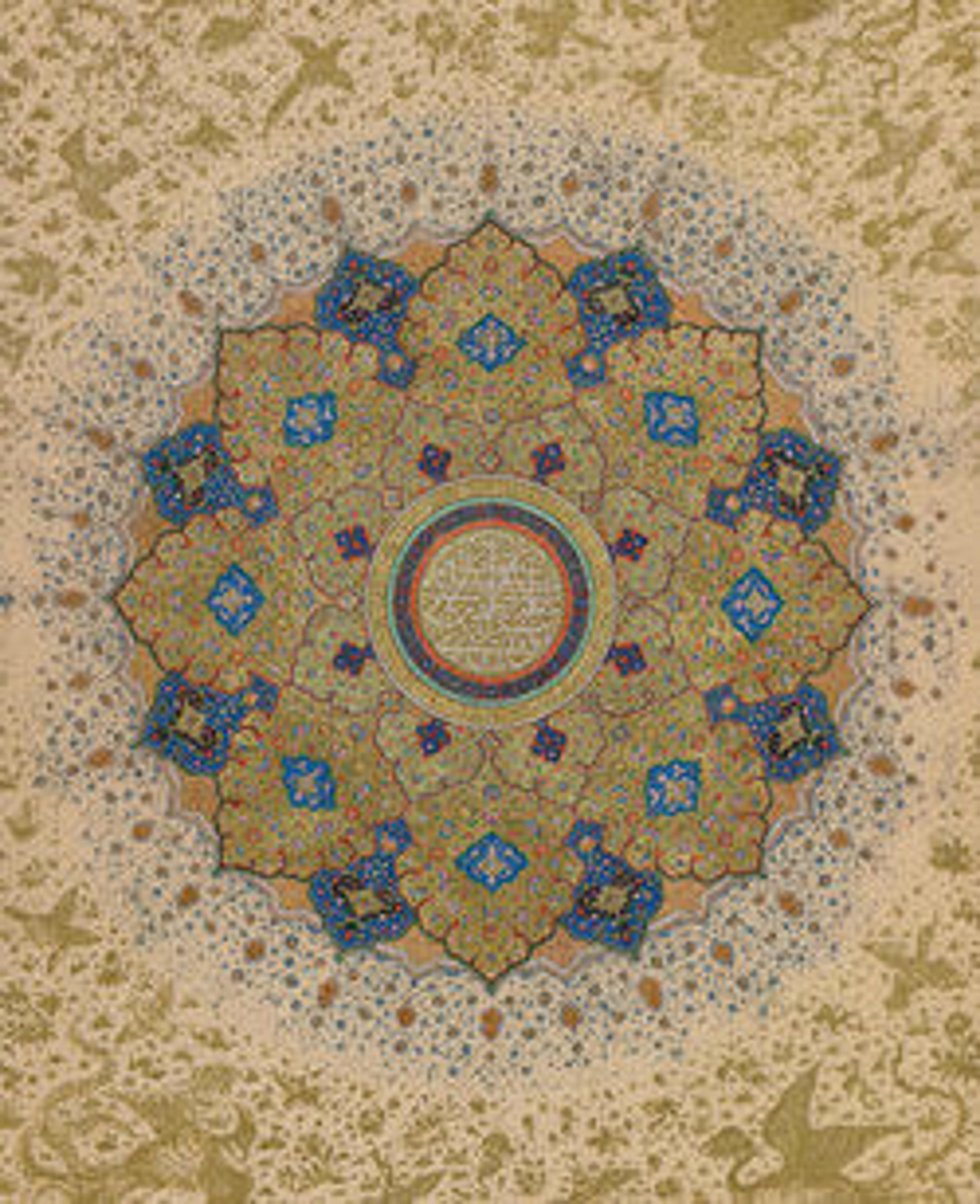Swan-Neck Bottle (Ashkdan)
The distinct tear-shaped opening at the top of this amber-toned bottle was carefully tooled while the glass was still molten, and flows into a thin, curvilinear neck, before expanding to a globular body resting on a low foot. The visual resemblance to the curved and attenuated neck of a swan has inspired the name of these types of bottles, but according to folklore, these bottles were used as "containers for tears," (ashkdan) meant to collect the sorrows of wives separated from their husbands.
Artwork Details
- Title:Swan-Neck Bottle (Ashkdan)
- Date:19th century
- Geography:Attributed to Iran, possibly Shiraz
- Medium:Glass; dip molded, blown, folded foot
- Dimensions:H. 13 3/4 in. (34.9 cm)
Max. Diam 4 9/16 in. (11.6 cm) - Classification:Glass
- Credit Line:Edward C. Moore Collection, Bequest of Edward C. Moore, 1891
- Object Number:91.1.1577
- Curatorial Department: Islamic Art
More Artwork
Research Resources
The Met provides unparalleled resources for research and welcomes an international community of students and scholars. The Met's Open Access API is where creators and researchers can connect to the The Met collection. Open Access data and public domain images are available for unrestricted commercial and noncommercial use without permission or fee.
To request images under copyright and other restrictions, please use this Image Request form.
Feedback
We continue to research and examine historical and cultural context for objects in The Met collection. If you have comments or questions about this object record, please contact us using the form below. The Museum looks forward to receiving your comments.
